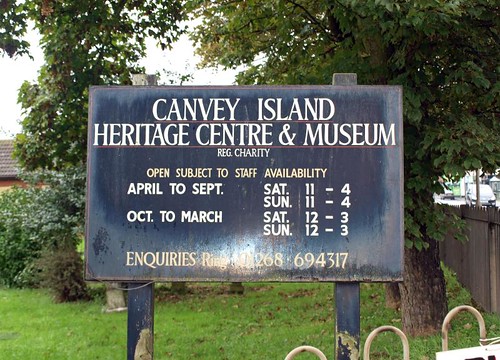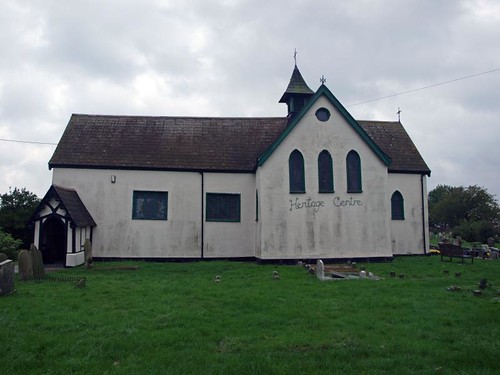Canvey Island was reclaimed by the great Cornelius Vermuyden. When the sea wall had been built and the land was secured, Dutch labourers were settled, and two cottages, both called DUTCH COTTAGE, are the earliest surviving buildings on the island. One is at the corner of the lane leading to Hole Haven, the other by the main road a little further NW. They are dated 1621 and 1618, octagonal in plan and thatched. The character of the island has completely changed during the C20. Its whole E half is now one bungalow and seaside development.
CANVEY ISLAND. A low-lying island of the Thames, six miles long and three broad, it has about 4500 acres of land, which some believe to be the Connos of the ancient geographer Ptolemy. The fields are a rich grazing ground, and were won from the river by a Dutchman who came here in 1621 and built a sea wall round it, receiving a third of the island in payment. There is still a pretty thatched cottage of that year in the older part of the village, and on the tombstones we read Dutch names; but nothing of the church of the Dutchmen remains, for the Dutch fleet raiding up the Thames in 1667 burnt it to the ground. The people replaced their lost shrine and the porch and some of the windows of the 18th century church are in the new one, a building all of wood, with a small belfry and spire. It has a window of St Katherine.


No comments:
Post a Comment